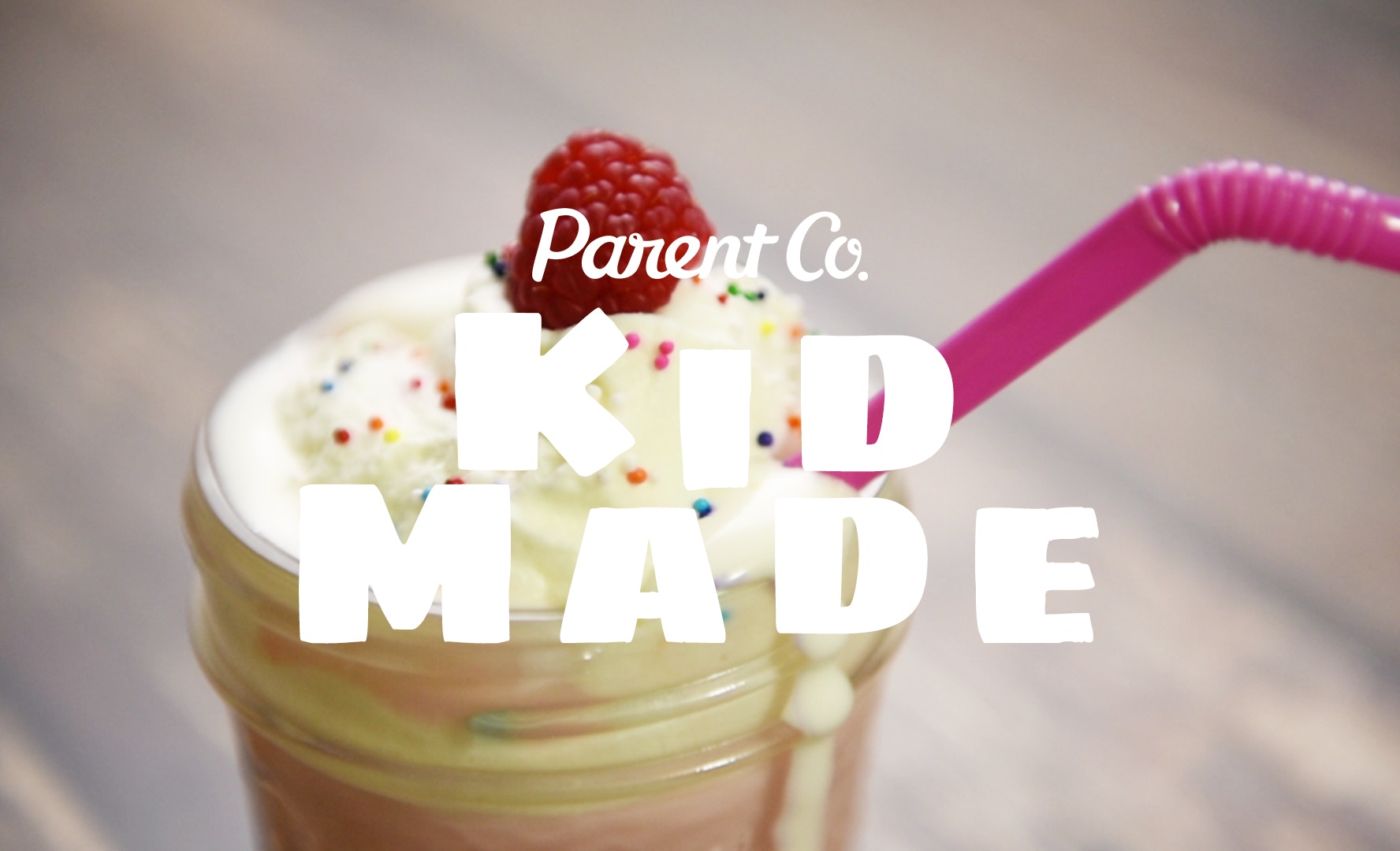Campaigners who call for toys to be marketed in non-gender specific ways have been backed up by a new study that shows how easy it is to manipulate young children's ideas about gender and color. The study, carried out by researchers Sui Ping Yeung and Wang Ivy Wong from the University of Hong Kong, shows that young children are easily manipulated into beliefs about gender differences, which can be created by simply applying gender labels.
129 Chinese children between five and seven years old took part in the study. First, the children's preferences for pink and blue were assessed. Then the children were split into two groups and given cards and toys of yellow and green. One group received no reference to gender regarding these colors. These children expressed no preference for a specific color. The other group was told that green was a boy's color and yellow a girl's. These kids went on to express preferences for the "right" color according to their own particular genders.
Pre-existing preferences for yellow and green were statistically controlled, so the resulting differences between the groups strongly infer that the boy/girl labels caused this effect. The obvious conclusion to be drawn from this is that when girls and boys express a preference for the colors pink or blue, it's likely that this is because they have learned that these are the "appropriate" colors for their gender.
Wong said, "By applying gender labels, not only concrete materials such as toys could become gender-typed, but also abstract qualities such as colors, with children increasing or decreasing their likings for particular colors based on the gender labels available in their social environment."
The findings support previous research that has highlighted the strong influence of gender labels such as "for boys" or "for girls." The observations also support gender schema theory, which posits that from the earliest stages of social development children adjust their behavior to align with the gender norms of their culture. These norms then act as a guide for later behaviors and life choices.
Wong also explained that "blue for boys" and "pink for girls" is not just a Western construct, but something that has become prevalent in Asian societies as well. "Many gender differences and stereotypes in developed Asian regions resemble those in the West, which is not surprising given the high degree of Westernization and the prevalence of gender color-coding typical of Western cultures in Hong Kong."
In addition to looking at kids' color preferences, children were tested on how well they completed puzzles. No difference was found in performance when the children were given yellow and green puzzles unless the children had been exposed to gender labels, in which case the boys outperformed the girls.
Jess Day from Let Toys Be Toys, the prominent UK campaign to end gendered toy marketing, commented on the findings. "This interesting research backs up our analysis, that labelling toys and books by gender isn't just unfair or unkind, it actually helps to create inequality. When we tell children that 'x is for girls/boys', they don't just learn that a whole bunch of fun stuff is 'not for them', they're also being fed the idea that their gender defines everything about them, backing up all the other stereotypes about girls and boys, men and women, that children see and hear every day."
It's clear that, as the next generation of kids gets older, it will be important to let them choose whatever colors they want.

